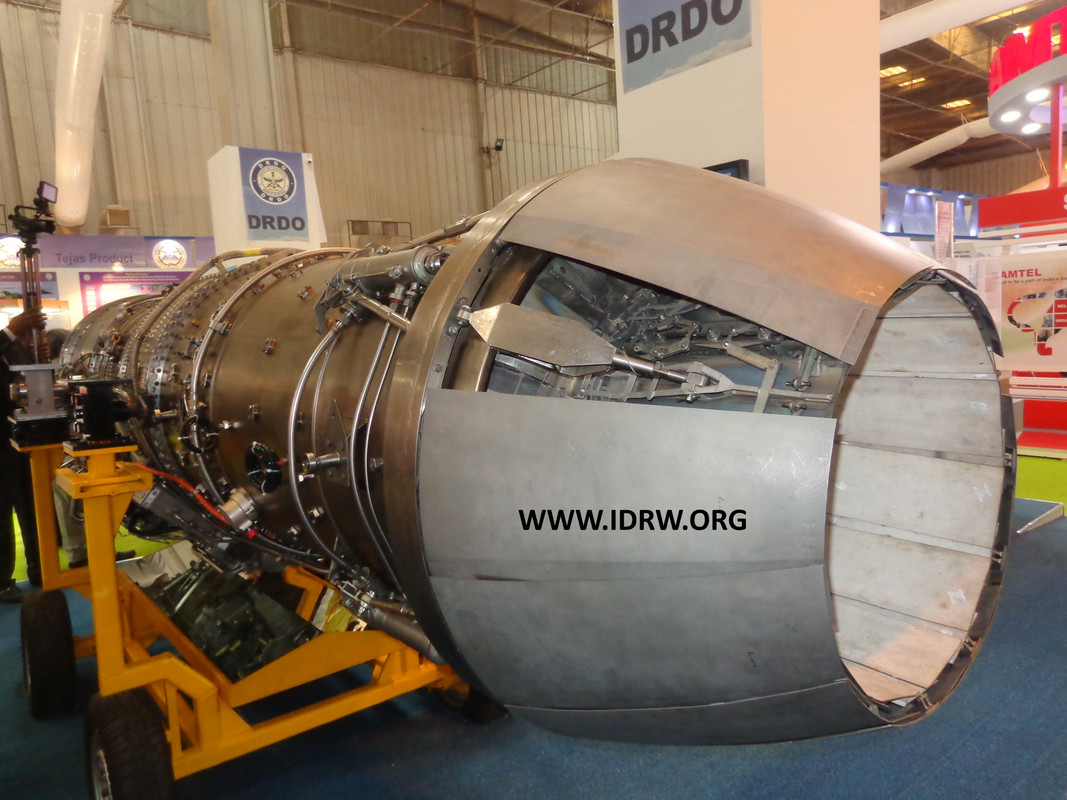SOURCE: AFI

The Gas Turbine Research Establishment (GTRE) in India is pioneering a revolutionary engine concept called “flat rating” for the GTX engine. This concept addresses a critical challenge faced by modern high-pressure ratio engines – a rapid decline in thrust with increasing compressor inlet temperature (T1). This effect is particularly pronounced in bypass engines, where thrust loss worsens with a higher bypass ratio.
The flat rating concept tackles this issue by employing a “variable cycle” approach. It dynamically adjusts the maximum cycle temperature to maintain optimal dry thrust even under varying flight conditions. This concept is gaining traction in the design of combat aircraft engines, specifically for achieving sustained supersonic cruise at high altitudes.
Traditionally, aircraft gas turbine engines are designed to deliver peak performance at a specific set of flight conditions. However, real-world conditions like altitude and ambient temperature fluctuate significantly, impacting engine performance. This limitation arises because a conventional, fixed-design engine can only offer optimal performance at its designated point, not throughout the entire flight envelope.
The Kaveri engine project sparked the development of the flat rating concept. Engineers observed that maintaining the overall pressure ratio while simultaneously increasing the turbine entry temperature (TET) beyond the design point could significantly enhance available dry thrust within safe operational limits.
The GTX 37-14U exemplifies an early and simplified approach to the variable cycle engine concept with a high throttle ratio. This design prioritizes superior dry combat performance at low altitudes, high speeds, and hot ambient conditions, factors crucial for Indian operational needs.
The GTX engine is a twin-spool turbojet with a high compressor pressure ratio and a throttle ratio exceeding 1.13. Conventional engines have a throttle ratio of 1. This allows the GTX engine to operate with a lower corrected airflow and pressure ratio at various forward speeds compared to its design point. This “underused capacity” presents an opportunity to boost thrust.
The simplest approach to achieve this would be to open the throttle, thereby increasing airflow and consequently, thrust. However, this can only be done until the engine reaches its design values for corrected airflow and pressure ratio. This principle forms the foundation of the GTX concept.
The advantage of a throttle ratio exceeding 1, as implemented in the GTX engine, is evident. Clearly demonstrates this effect. However, the selection of this ratio is ultimately limited by the maximum cycle temperature sustainable by current turbine technology. In the case of the GTX engine, this temperature is capped at 1450°K to prevent exceeding the material limitations of the turbine blades.
The flat rating concept offers a promising avenue for enhancing the performance of combat aircraft engines, particularly in terms of dry thrust at critical flight conditions. As turbine technology advances, the potential of flat rating is poised to further revolutionize aircraft engine design and capabilities.